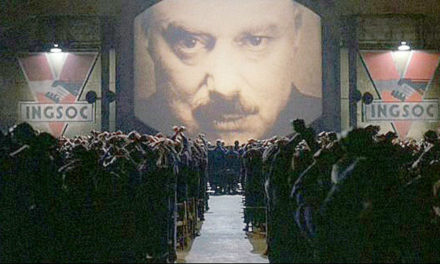Hellllllooooo Otterites!
Been an extra busy week. Had a root canal on Tuesday, so I was out of action all afternoon. Played catch-up on Wednesday. But I’m here to amaze, thrill and entertain you now. Or at least help you kill a couple of minutes of time.
Martin is slowly nudging toward starting that novel, which Francis and I do strongly encourage him to do. Not just because it would be cool for all three of us to publish (which would be wickedly cool), but I think if you have an itch like this, you need to scratch it. See if there’s something there. See if you’ve got the patience, discipline, desire and talent to actually do something. If you can get a grip on the first 3 in that list, your talent will get better. Your craft and skill will get better.
Discipline is where I find myself the most challenged with my own writing. I’m really bad at carving out the time and finishing one thing before I move on or back to another thing. I’ve been working on that. Since I’ve finished first drafts of several projects, I’m now at the point where I need to find the time to revise, rewrite, cut and edit.
I’ve got the novel’s first draft done and it’s waiting for my first pass at editing. Of the non-fiction projects, I have one that is in that stage. I’m using Shawn Coyne’s Story Grid methods to go over the book. If you’re an aspiring or published author, you need to look at Story Grid. I admit it’s a little daunting, but once you get the hang of the concepts and the spreadsheet, it provides some really valuable insights to your work.

Yeah. I said spreadsheet back there.
Authors can and should use all the tools available to them, and the Story Grid Spreadsheet is phenomenal. When you finish filling it out, one line for each scene in your book, you’ll have the map and structure of your story. Even with non-fiction, especially if you’re using it in narrative non-fiction as I am.
Story Grid allows you to see if you’ve built your story on a solid foundation of the essential building blocks of a story. You do this at the global level down to the scene level. You can see if you’re missing elements. you can see how your story flows. Does it follow the conventions of your genre? Basically, does it work as a story?
It won’t necessarily tell you if your story is going to be a best-seller or not, but it will help you find the holes and problems that, once fixed, will make your story fly.
In a way, that’s what our encouragement of Martin is about. We’re helping find the holes in his fledgling desire to write. Once those holes are filled in, we hope he’ll fly too.





I’m cautious about filling holes. 😉